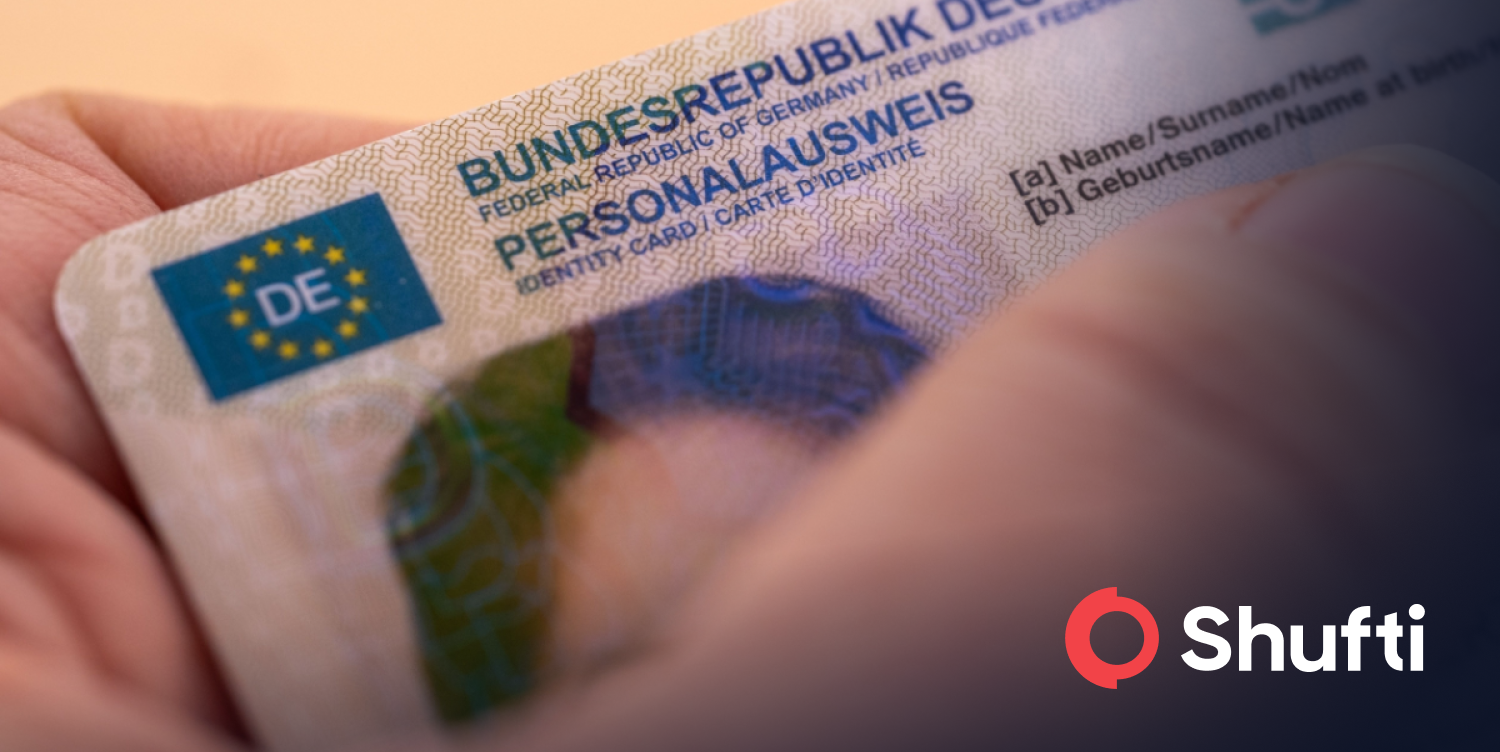UAE Central Bank Issues New Anti-Money Laundering Guidelines

The Central Bank stated that all financial institutions have a month to comply with the new AML guidelines.
Following the regulation on virtual assets introduced last week, UAE’s Central Bank has issued updated anti-money laundering guidelines to curb ML\TF threats in the Gulf region. The new guidelines have been imposed on financial institutions to instruct them over AML compliance practices.
According to the new AML guidelines, banks have been mandated to devise internal procedures and put in place indicators for the timely identification of suspicious transactions, and reporting to the central bank’s Financial Intelligence Unit, the bank said in a statement.
All databases and transactions will need to be regularly screened against lists compiled by the United Nations Security Council or by the UAE government prior to conducting deals or entering into a business relationship with individual clients or business entities.
The Central Bank stated that all financial institutions have a month to comply with the new guidelines.
“The guidance aims to promote the understanding and effective implementation by licensed financial institutions of their statutory anti-money laundering and combatting the financing of terrorism obligations”, it said.
Back in February, UAE’s government formed an Executive Office for Anti-Money Laundering and Counter-Terrorism Financing, while last month, Dubai set up a special money laundering court to tackle AML/CTF issues.
These efforts by the UAE aim to maintain compliance with the FATF’s standards. The global regulatory authority said last year that “fundamental and major improvements” were needed to prevent it from placing the UAE on its “grey list” of countries under increased monitoring.
Suggested Read: The Future Of the Financial Sector in the Gulf Region










